May 29, 2015
Everything you wanted to know about open plan but were too distracted to ask
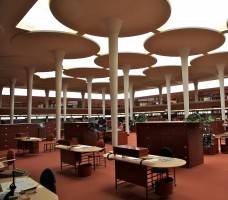 There is a lively and ongoing debate on whether open plan offices are a good or bad thing. Many articles would suggest that they routinely diminish productivity. Yes, the open plan office is not ideal for privacy and probably bad for conceptual focused work, but it’s a bit like saying a hammer is useless when you need to tighten a screw. The point is you don’t use it for that. Fans of open plan often underline how fantastic it is for building a sense of belonging, team spirit and ad hoc collaboration, often ignoring the challenges of working there. The point I’m making is that introducing open plan into your office is probably a good idea, but you really need to make sure that you provide your employees with a menu of settings which allow them to concentrate, have ad hoc meetings without disturbing their colleagues and provide some privacy for confidential conversations.
There is a lively and ongoing debate on whether open plan offices are a good or bad thing. Many articles would suggest that they routinely diminish productivity. Yes, the open plan office is not ideal for privacy and probably bad for conceptual focused work, but it’s a bit like saying a hammer is useless when you need to tighten a screw. The point is you don’t use it for that. Fans of open plan often underline how fantastic it is for building a sense of belonging, team spirit and ad hoc collaboration, often ignoring the challenges of working there. The point I’m making is that introducing open plan into your office is probably a good idea, but you really need to make sure that you provide your employees with a menu of settings which allow them to concentrate, have ad hoc meetings without disturbing their colleagues and provide some privacy for confidential conversations.





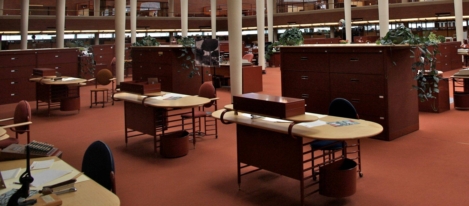
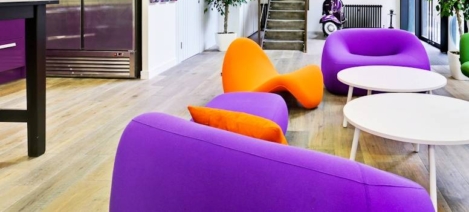







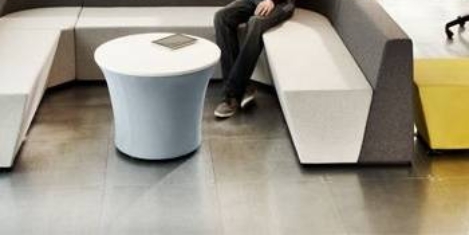
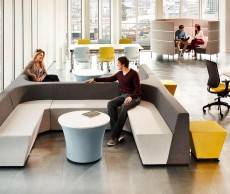
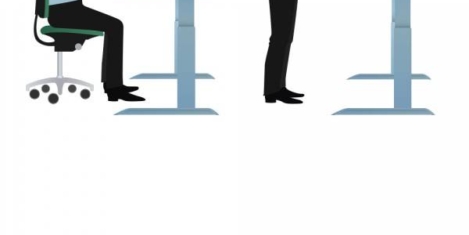
 Lately I’ve seen many articles about sit stand workstations and references to Scandinavia where almost all of us employees have access to sit stand workstations. It is true that most of the Scandinavian employees have access to sit stand workstations and in for example in Denmark employers are required by law to provide sit stand workstations to the employees, but this does unfortunately not automatically mean that the Scandinavian employees actually stand by the workstations. Even though most of us actually know that sitting is bad for our health, wellbeing and even our performance, we tend to sit most of the time while working. It is mostly about us being used to sit while working. It is a habitual behaviour and instead we need to get new habits of standing and moving at work. Change management is needed.
Lately I’ve seen many articles about sit stand workstations and references to Scandinavia where almost all of us employees have access to sit stand workstations. It is true that most of the Scandinavian employees have access to sit stand workstations and in for example in Denmark employers are required by law to provide sit stand workstations to the employees, but this does unfortunately not automatically mean that the Scandinavian employees actually stand by the workstations. Even though most of us actually know that sitting is bad for our health, wellbeing and even our performance, we tend to sit most of the time while working. It is mostly about us being used to sit while working. It is a habitual behaviour and instead we need to get new habits of standing and moving at work. Change management is needed.


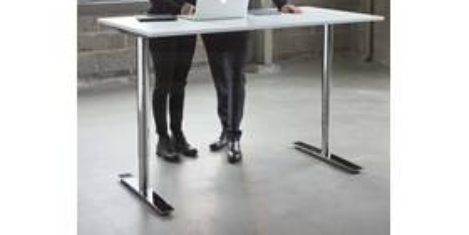
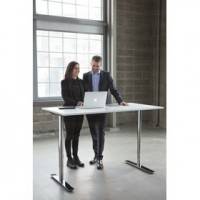









June 2, 2015
The bonds that link work with place are loosening day by day
by Paull Robathan • Comment, Flexible working, Technology, Work&Place
(more…)